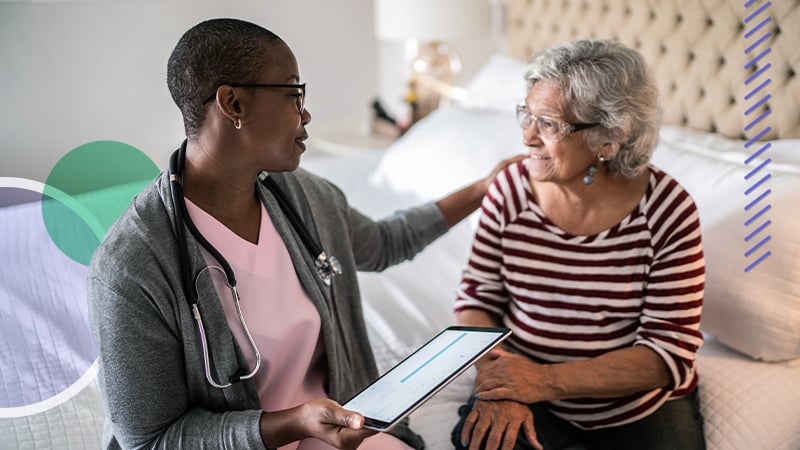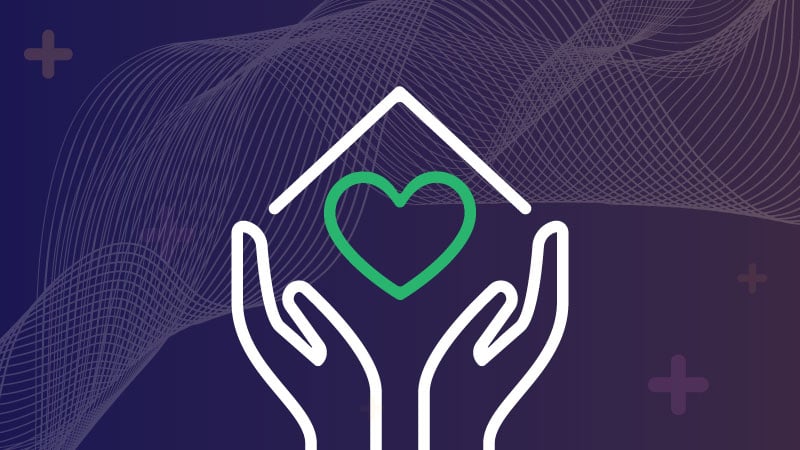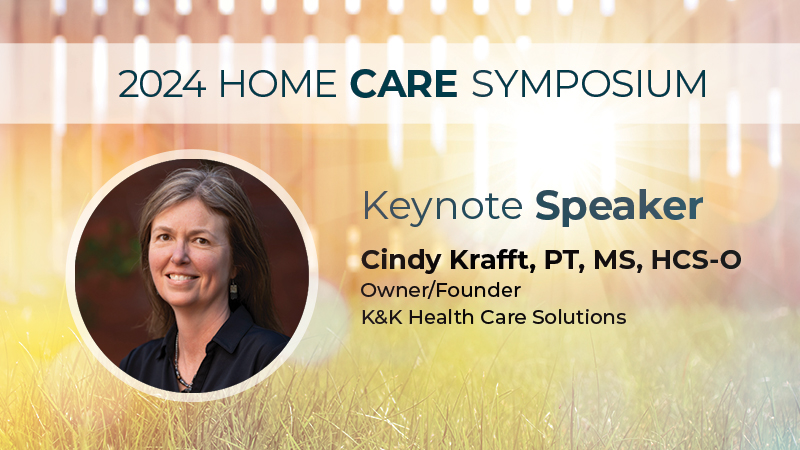
Making fiscally responsible decisions and empowering efficiency are organizational commitments at Stillwater Medical Home Health Services. These efforts can be challenging when data isn’t actionable or intuitive for clinical staff. Facing changes in payment models, we adjusted our processes and the way we thought about home health data in order to provide insights that informed decision-making and improved patient outcomes.
Adjusting to new models
Since our nurses are not data specialists, it was initially a struggle to use and gather relevant metrics. When the CMS finalized a new case-mix classification system, the Patient-Driven Groupings Model (PDGM), we needed to prepare for changes. PDGM relies on clinical characteristics and patient information to place periods of care into payment categories. For us, this increased the need to measure clinical and fiscal analytics while focusing on goals for our clinicians and patients through KPIs.
As a starting point, we decided to review referrals, referral sources and clinical groupings such as comorbidity levels, functional scores, and publicly reported data. Using the reporting in MEDITECH’s EHR made it easier to measure benchmarks and compare performance with CMS and SHP (Strategic Healthcare Programs). These details helped us identify trends that showed whether we were responding appropriately to our client makeup and putting resources into the right areas.
Achieving positive outcomes
With automation in place and specific data goals in mind, we focused on improving comorbidity results and realized we weren’t getting credit for them. After realizing that our outside coding team was acting too quickly, we slowed the process down to give our health informatics coordinator time to upload physician visit records and hospital records to the chart. This small process change resulted in a significant financial improvement, going from 40% to 54% in comorbidity adjustments in 2020.
What we learned
Through this initiative, we discovered the importance of dissecting data differently depending on the audience. For example, executives want a simple view of financial and clinical data showing that guidelines and regulations are being met. Physicians and other clinical staff focus on the numbers impacting patient care because patient safety is their top priority. In both cases, we like to follow the WIFM (What’s In It For Me) mantra and customize data knowing what matters most to employees on a daily basis. Providing education and documentation assists in these efforts so staff are aware of reporting terminology and what it means for their role.
We also realized that not all data is informative. Filtering out metrics that don’t lead to actions is just as meaningful as finding out what does. This became even more crucial once COVID-19 hit since clinicians need more time to care for patients and keep them out of hospitals if they don’t need to be there. Someone on your staff should be trained in reporting and understand what to track, how often to update it (which can vary depending on volume), and recognize how many data points are necessary to provide valuable information.
Just because you can update a report every day doesn’t mean you can always learn from it, so don’t get lost in the numbers. By setting specific goals and prioritizing transparency among our care team, it’s been easier to trust what the data is telling us.
Planning for the future
Having a targeted data strategy has improved our functional scoring and ability to execute regulatory changes. Physicians are happier with speedier processes, and increased efficiency allows them to place their focus on quality patient care. With telehealth implemented, we will continue to find the details that matter through purposeful reporting. Every home health center or agency may have slightly different processes, but giving yourself permission to slow down and step outside of standard guidelines can shine a light on data that delivers positive outcomes. As we say at Stillwater, the data is only as good as the actions that come from it.
Learn more about MEDITECH's home care solutions.




